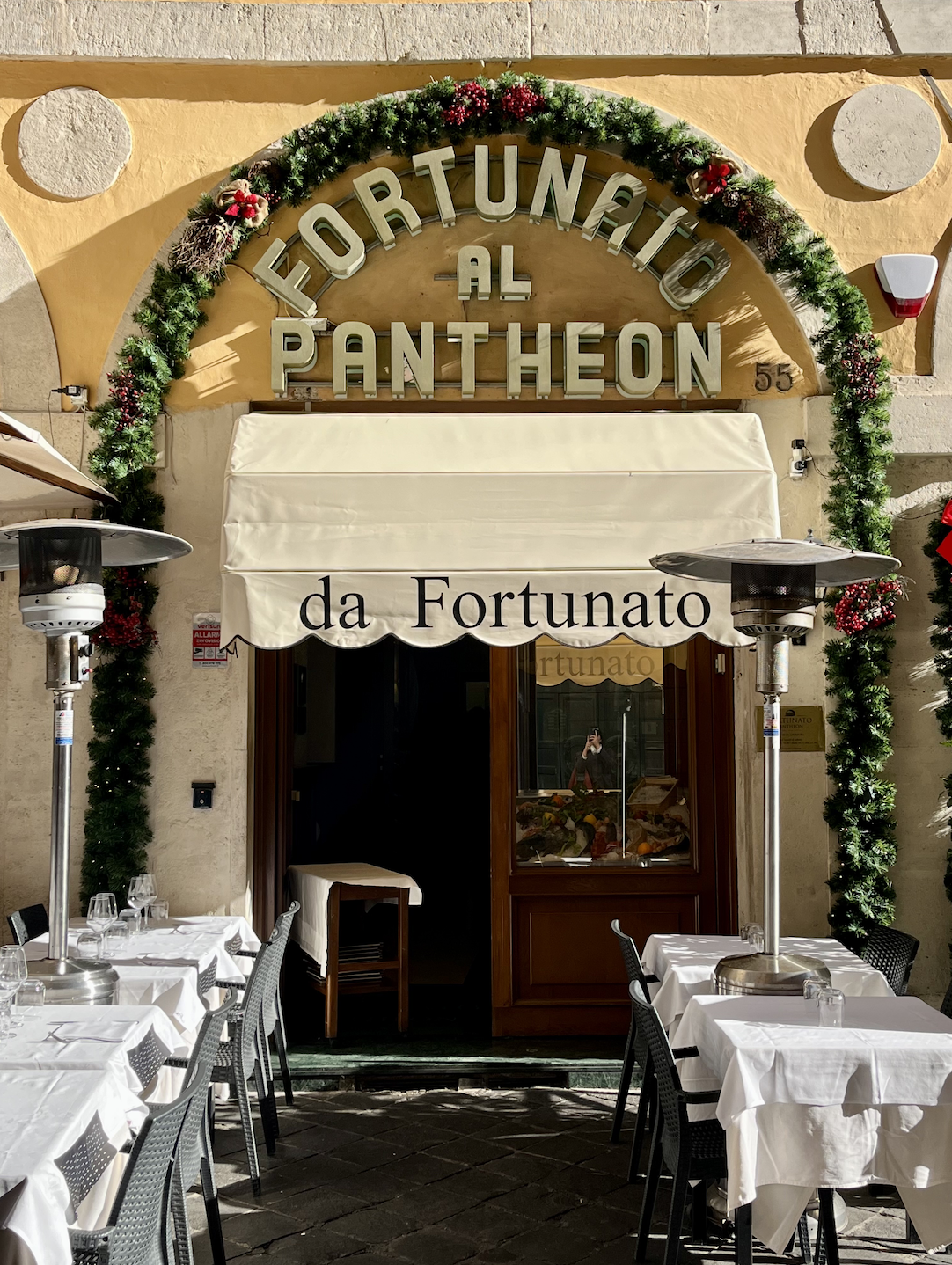Author Gabriela Proietti
Italy’s Magical Carnival Celebration
You could say that the magic of Italy exists all year round – From stunning Tuscan landscapes to crystalline Ligurian coastlines to twinkling lights for the Christmas season and week-long Ferragosto summer seaside celebrations. Although there is nothing like an Italian summer or visiting the historic Christmas markets up north, travelers and curious Italy lovers often overlook a major Italian holiday called Carnevale.
Celebrated for centuries, let’s look at one of Italy’s most lively celebrations throughout the year.
What is Carnevale, anyway?
Elaborate, vibrate, expressive, and festive, Italy’s famous Carnevale season dates back to the Ancient Roman Times, which seems to be a common trend with many Italian foods, traditions, and holiday celebrations. The word, stemming from Latin “carne” and “vale,” literally means farewell to meat. By the Middle Ages, the week-long Carnevale celebration became an important cultural event throughout major Italian cities, most notably Venice and its masked balls, allowing citizens to indulge in gluttonous and fried food, excessive parties and parades, and non-stop costumes and entertainment before the 40 days of lent would begin.
Festivities & events
Today, the Carnival period occurs two weeks before Mercoledi delle Ceneri (Ash Wednesday). It ends more or less on Martedi Grasso (Fat Tuesday). Still, many cities anticipate the festivities in early February, especially places like Venice, Puglia, Ivra, and Viareggio, where some of the most elaborate parades and traditional events occur. Venice is famous for Venetians parading the streets in elaborate masks and ballroom costumes (think Marie Antoinette). Meanwhile, the citizens of Viareggio in Tuscany or Acireale in Sicily celebrate with elaborate and life-sized floats decorated with satirical figures and flowers. The strangest Carnival tradition takes place north in Ivrea, Piemonte, where civilians gather in the city’s square center to reenact the “Battle of the Oranges,” based on a medieval revolt where townspeople rebelled against an old tyrant. Today, teams gather and throw oranges at one another, honoring the once-upon-a-time battle. It sounds wild, but it is worth a visit if you can come to Italy and see it yourself.
As for Italian children, the celebrations are some of the most exciting and magical time of the year. They celebrate the holiday much like children in North America celebrate Halloween, dressing up in costumes and masks but focusing more on mythical creatures and fairytales instead of costumes that play upon spooky, scary, or dark magic. Schools host costume parades with traditional desserts and sweet treats, and it is typical to see children and families gather in the major piazze (town squares) during the two weeks dressed in costumes to launch confetti and burst steamers with friends.
Traditional Treats to Try
Speaking of sweet treats and traditional desserts, is it an Italian celebration without food being front and center? After all, Italians are preparing for the lenten period, which involves absence, so of course, the month leading up to the 40 days is for sugary and fried goodies. Treats vary from region to region but below are some of the most famous and notable desserts to look out for in Italy during the Carnival period or even try at home.
Chiacchiere is the most famous Carnevale treat to date. It is essentially found throughout the entire Boot, sometimes with varying names. Chiacchiere are fried, thin, crispy strips of dough heavily dosed with powdered sugar.
Castagnole are soft, small, bite-sized dough balls often filled with ricotta or a crema (cream) and finally tossed in powdered sugar for the finishing touches.
Zeppole are more common for Father’s Day celebrations in Italy, aka San Giuseeppe, but they can be first seen in pastry shop windows at the start of February. Zeppole are light-ringed pastry dough filled with custard, ricotta, or jam, topped with a dark red cherry, and lightly dusted with powdered sugar.
Struffoli, also called Pignolata or Cicerchiata, are mini deep-fried balls coated with honey and colorful sprinkles or candied fruit. Popular for holidays like Christmas and Easter, they also make an appearance at Carnevale.











